Early Medieval
There is so much medieval history we have had to divide it into two sections – articles and podcasts here address themes and of religion, power change and culture in this time period across the globe. You can explore the rise of Islamic society or the development of medieval Scotland. And don’t forget those pesky Vikings!
Sort by:
Date (Newest first) | Title A-Z
Show:
All |
Articles |
Podcasts |
Multipage Articles
-
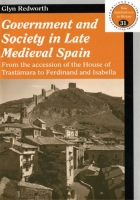
Government and Society in Late Medieval Spain
ArticleClick to view -
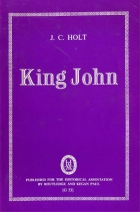
King John
ArticleClick to view -
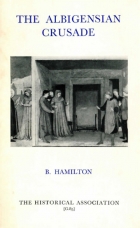
The Albigensian Crusade
ArticleClick to view -
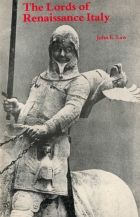
The Lords of Renaissance Italy
ArticleClick to view -
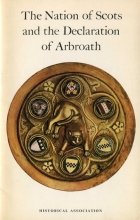
The Nation of the Scots and the Declaration of Arbroath
ArticleClick to view -
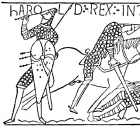
The strange death of King Harold II: Propaganda and the problem of legitimacy in the aftermath of the Battle of Hastings
ArticleClick to view -
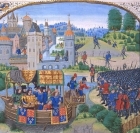
The Great Revolt of 1381
ArticleClick to view -
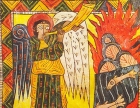
Podcast: Why Medieval History Matters?
ArticleClick to view -
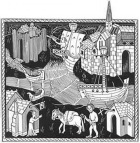
A medieval credit crunch
ArticleClick to view -
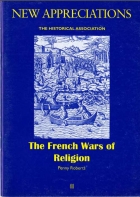
The French Wars of Religion
ArticleClick to view -
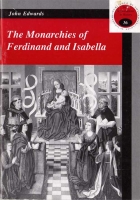
The Monarchies of Ferdinand and Isabella
ArticleClick to view -
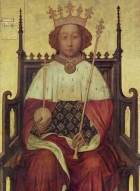
Was Richard II Mad? An evening with Terry Jones
ArticleClick to view -
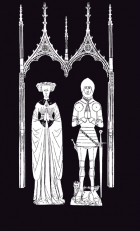
The soldier in Later Medieval England
ArticleClick to view -
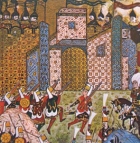
Upwards till Lepanto
ArticleClick to view -
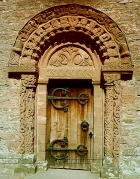
Kilpeck Church: a window on medieval 'mentalite'
ArticleClick to view -
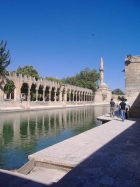
A Crusading Outpost: the City and County of Edessa - 1095-1153
ArticleClick to view -
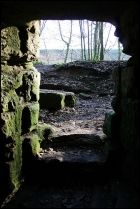
Saint Robert and the Deer
ArticleClick to view -
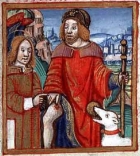
The Spanish Collection
ArticleClick to view -
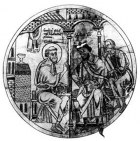
Thomas Parkinson: the Hermit of Thirsk
ArticleClick to view -
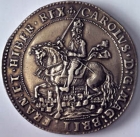
Late Medieval Taxation Records
ArticleClick to view

